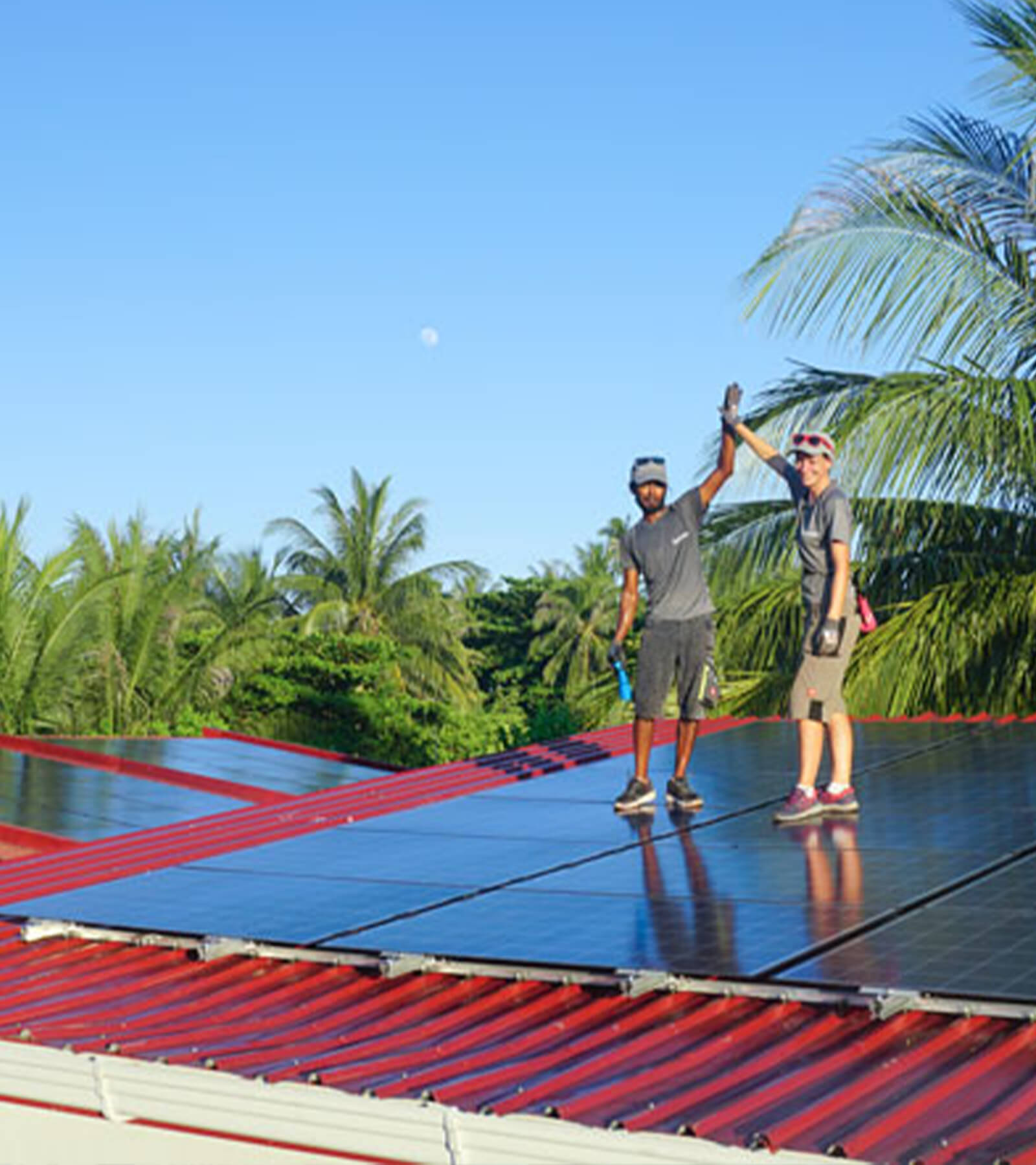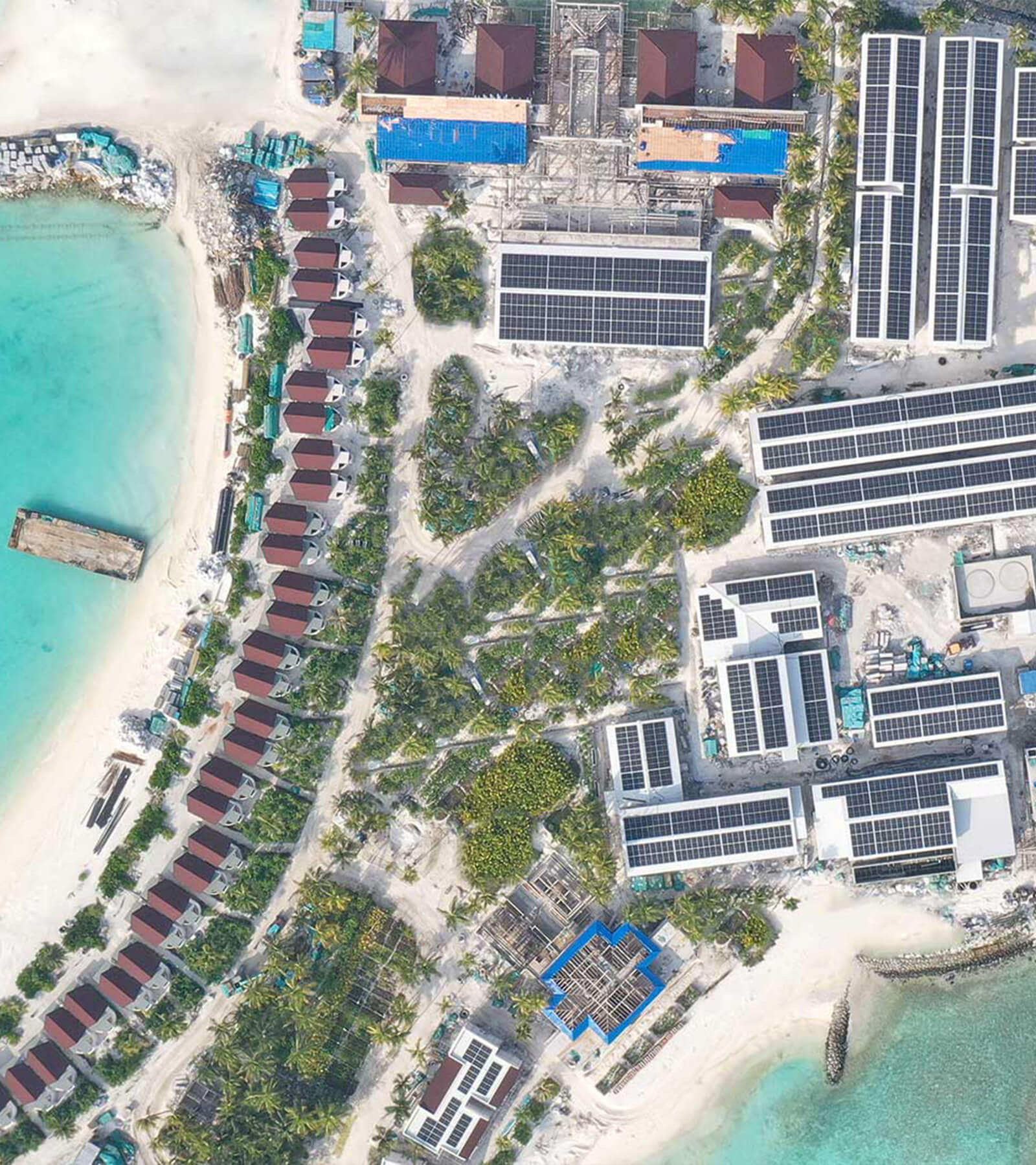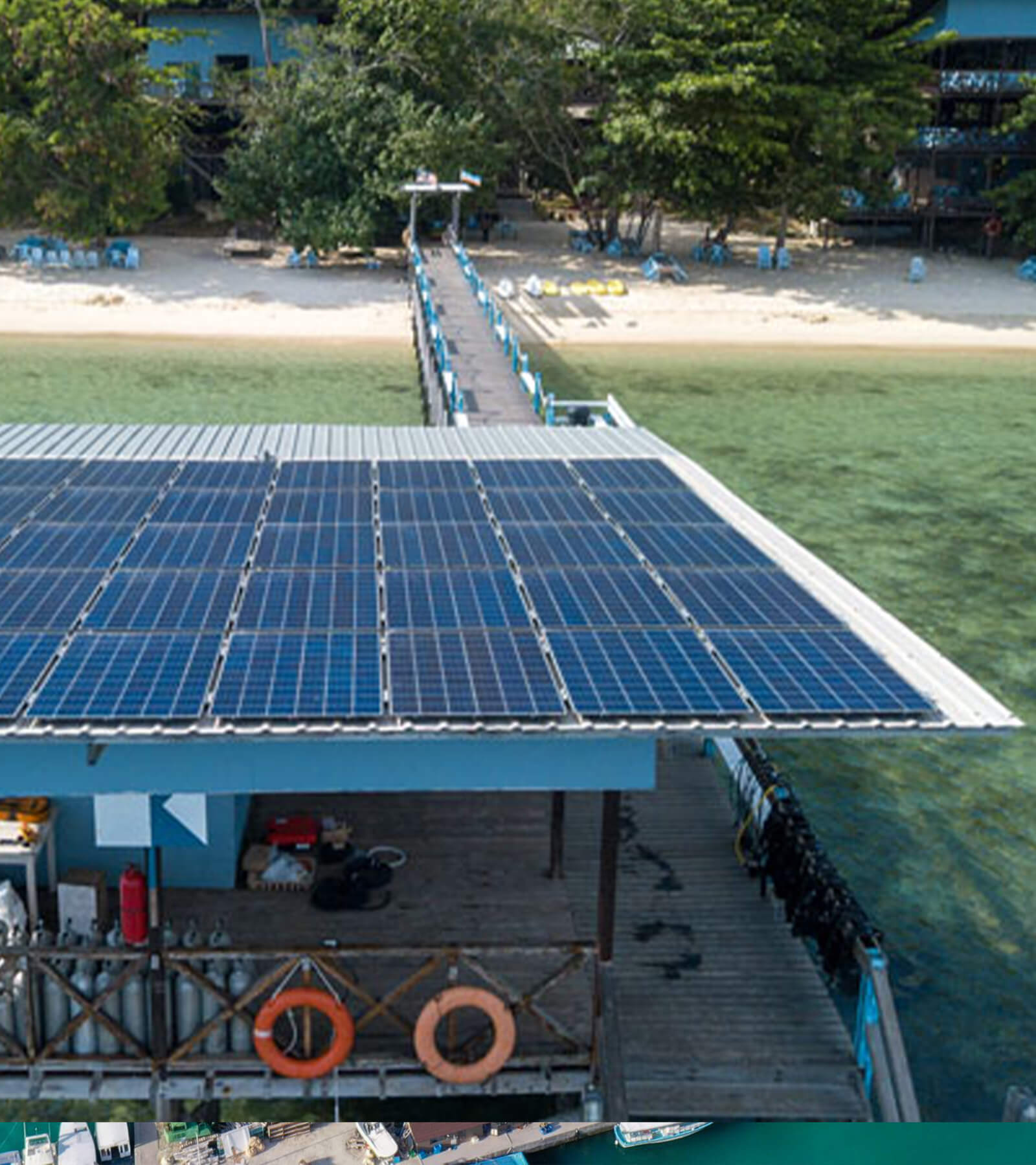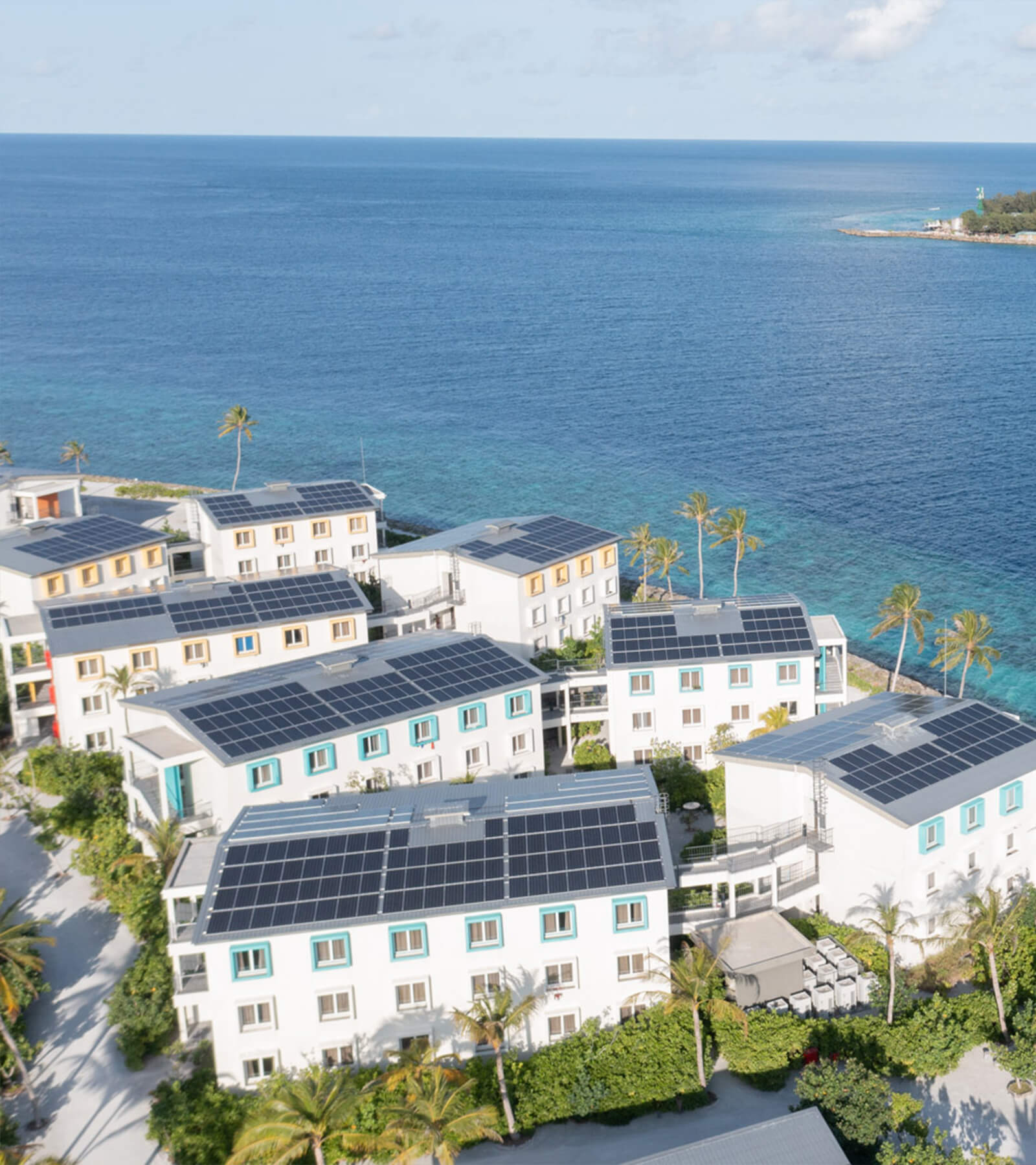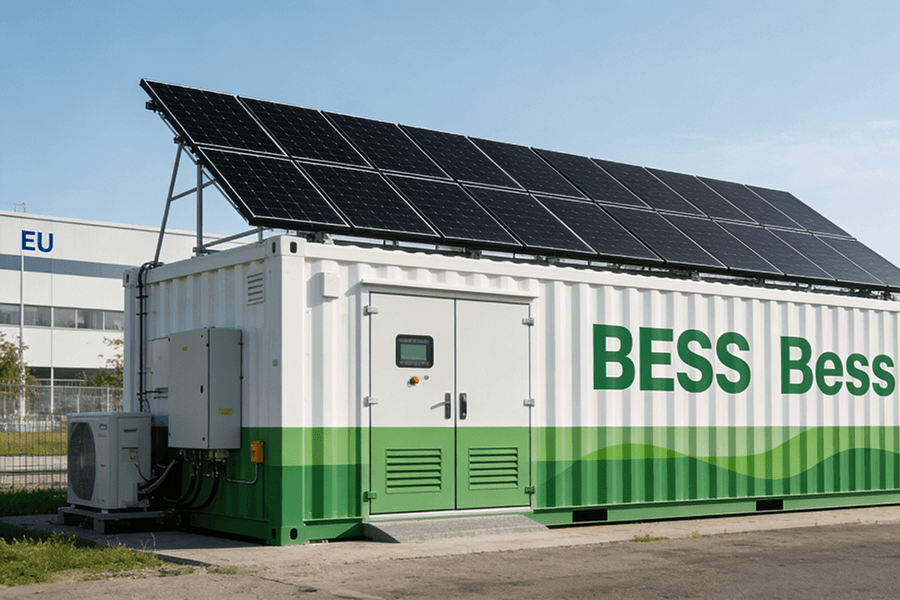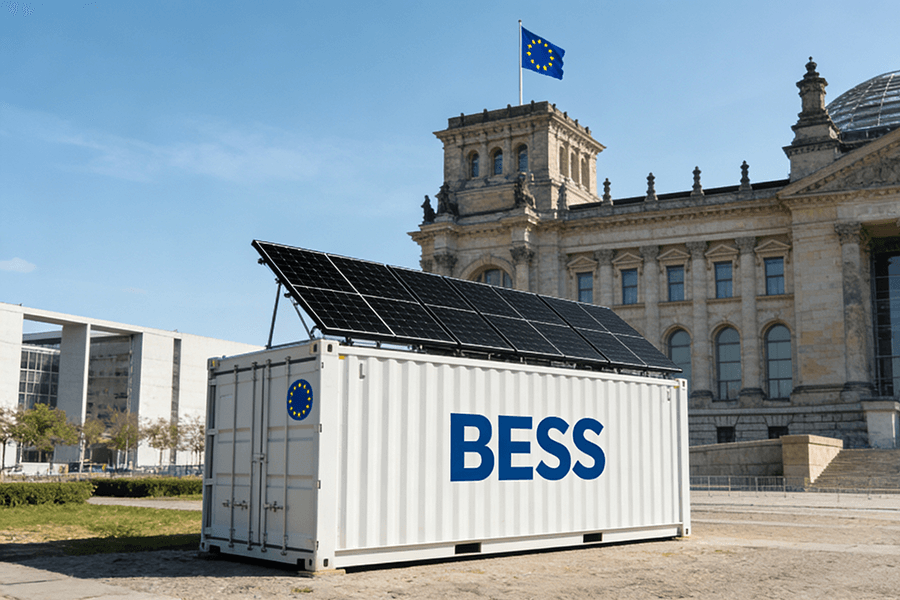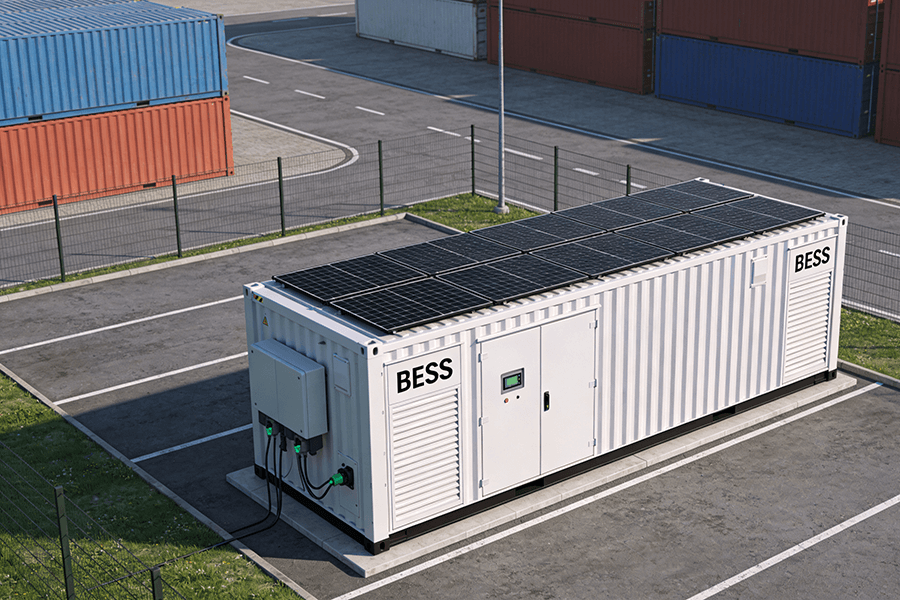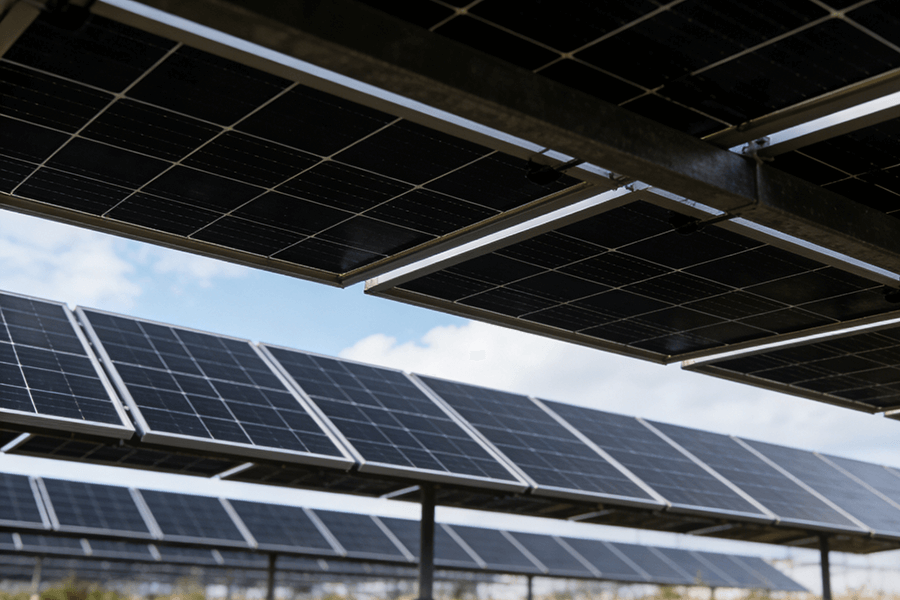Tired of your vertical farm guzzling peak-rate energy like a dehydrated cactus? Discover how BESS Container Vertical Farm systems turn cheap off-peak power into 24/7 climate control and LED light cycling – slashing costs by 20-40%, backup-dancing through blackouts, and flirting with onsite renewables. Spoiler: Your lettuce (and wallet) will thank you.
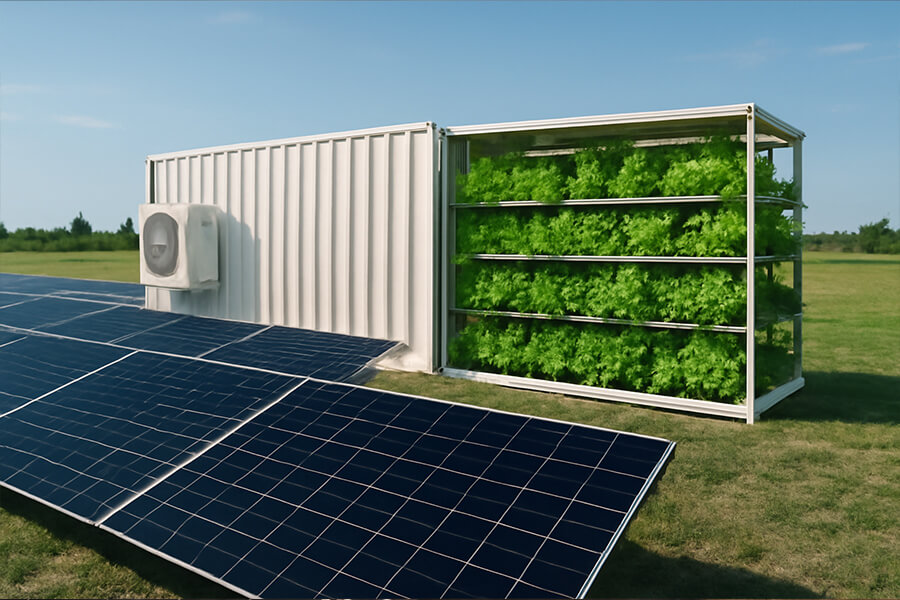
Intro: The Energy Vampires of Vertical Farming
“Plants don’t care about your electricity bill. They demand perfect sunbeams (LEDs) and balmy breezes (HVAC) 24/7. And someone has to pay for it.” Spoiler: That “someone” is you.
Controlled Environment Agriculture (CEA) facilities are energy gluttons. LEDs and HVAC systems devour 60-70% of operational costs [1], with peak-hour pricing turning vertical farms into cash incinerators. When the grid sneezes? Crop carnage ensues.
💸 The Bloodsucking Math:
| Energy Pain Point | Financial Drain | Risk Factor |
|---|---|---|
| Peak-hour electricity rates | 40-60% premium vs. off-peak (EIA 2024) | Profit margins vaporize faster than misted arugula |
| Grid outages | 200k loss per incident (CEA Alliance 2024 Survey) | Total crop wipeout in 4–8 hours |
| Solar/wind intermittency | 30–50% energy waste without storage (NREL 2025) | Forces fossil-fuel dependency |
💀 Real Talk: A New Jersey vertical farm lost $185,000 worth of specialty herbs during a 2024 blackout (Agrilyst Report). Your basil isn’t just garnish—it’s collateral damage.
Enter BESS containers—the silent, box-shaped heroes parked beside your farm. They suck up cheap off-peak juice (while you sleep), then discharge it as “daylight gold” when grid rates spike or outages strike. Think of them as your crops’ armored bank vault for electrons.
🔍 Sourced Data Quick Reference:
- Peak Rate Premiums: U.S. Energy Information Administration, 2024 Wholesale Electricity Market Data
- Outage Losses: CEA Alliance, 2024 Vertical Farm Operational Risk Survey
- Renewables Curtailment: National Renewable Energy Lab, 2025 Grid Integration Study
- Case Study: Agrilyst (Artemis), 2024 Controlled Environment Ag Incident Database
Why Your Vertical Farm Runs Like a Nightclub (and Why That’s Expensive)
“Running a vertical farm is like operating a nightclub: VIP lights (LED racks blazing 18 hrs/day), strict climate vibes (HVAC humming at 72°F), and energy bills that’ll make you weep into your hydroponic lettuce.” Here’s why your farm’s energy economics are more Las Vegas than Little House on the Prairie:
Pain Point 1: Daytime Energy Gouging
Peak grid rates (12 PM–6 PM) are profit murderers. In 2025, U.S./EU farms pay 0.28–0.42 per kWh during peak windows—2.3x higher than off-peak rates [1].
💸 The “Cover Charge” for Growing Lettuce at Noon:
| Region | Peak Rate (per kWh) | Off-Peak Rate (per kWh) | Markup |
|---|---|---|---|
| New York, USA | $0.39 | $0.16 | +144% |
| Berlin, EU | €0.36 | €0.14 | +157% |
Source: EIA 2025 Wholesale Electricity Report // ENTSO-E Transparency Platform
⚖️ Truth Bomb: Running LEDs/HVAC during peak hours slashes profit margins by 18–34% (CEA Alliance 2025).
Pain Point 2: Grid Tantrums = Crop Genocide
One outage = wilted dreams (and dead basil). Without backup, crops cook/freeze in under 4 hours [2].
🔥 Grid Outage Autopsy (2024–2025):
| Incident | Duration | Crop Loss | Financial Damage |
|---|---|---|---|
| Texas Ice Storm, Feb 2025 | 9 hours | 8.2 tons of leafy greens | $163,000 |
| Berlin Voltage Drop, Mar 2025 | 3 hours | 5,700 basil plants | €220,000 |
Source: AgFunder News Disruption Database // Artemis Ag Outage Tracker
💀 Post-Mortem: 73% of unprotected CEA farms hit by outages never financially recover (Global CEA Census 2025).
Pain Point 3: Renewables’ Dirty Secret
“Solar panels nap at night… when your plants party hardest.” 40–65% of on-site solar generation happens midday—but farms need 60% of their energy at night for LED cycles [3]. Without storage, you’re wasting sunshine and buying dirty grid juice.
🌞☀️🌑 The Solar-Farm Misalignment:
| Time | Solar Generation | Farm Energy Demand |
|---|---|---|
| 12 PM | 100% | 30% |
| 8 PM | 0% | 85% |
Source: NREL 2025 Solar + Agriculture Integration Study
🔌 The Irony: Farms using solar without storage waste 31% of generated power and still rely 70% on the grid (Fraunhofer ISE 2025).
TL;DR: Your farm isn’t just growing greens—it’s running a high-stakes botanical nightclub with a $500,000/year “energy cover charge.” And when the grid ghosts you? The party’s over. Next up: How BESS containers turn this cash hemorrhage into champagne.
BESS Containers: The Swiss Army Knife of Farm Energy
Meet the BESS container: a 40-foot steel-clad “giant power bank” that transforms your farm’s energy chaos into a finely tuned symphony. Think of it as your crops’ personal bodyguard, accountant, and DJ—all rolled into one emissions-free box.
1. Off-Peak Charging: “Stealing” Cheap Juice
“Plug in at 2 AM when even insomniac hamsters are asleep.” BESS containers gulp down off-peak electricity at 0.08–0.12 per kWh [1], slashing energy costs before your first coffee brews.
🌙 Midnight Snack Savings:
| Energy Action | Cost Without BESS | Cost With BESS | Savings |
|---|---|---|---|
| Charge 1 MWh overnight | N/A (grid asleep) | $90 | — |
| Discharge 1 MWh at peak | $420 (peak rate) | $90 (pre-bought energy) | $330 |
Source: EIA 2025 Wholesale Electricity Data
💡 Pro Move: Farms using BESS cut peak-hour energy spending by 78% (Wood Mackenzie 2025).
2. Daytime Discharge: Peak Shaving = Peak Shanking
“Power LEDs and HVAC sans grid-price panic attacks.” Discharge stored energy during $0.42/kWh peak windows—turning daylight robbery into daylight savings.
📉 The “Peak Shank” Effect:
| Farm Size | Annual Peak Energy Cost (No BESS) | With BESS | Savings |
|---|---|---|---|
| 5,000 m² | $286,000 | $63,000 | $223,000 |
| 10,000 m² | $572,000 | $126,000 | $446,000 |
Source: CEA Alliance 2025 Storage ROI Report
⚔️ Translation: BESS users avoid 92% of peak surcharges—making grid utilities weep (BloombergNEF 2025).
3. Blackout Backup: “Grid Flatline? Not Today.”
“When the grid flatlines, your crops won’t. BESS containers are the defibrillators.” They deliver 8–48 hours of backup power, turning crop carnage into a minor hiccup.
🔋 Outage Survival Kit:
| BESS Capacity | Backup Duration (Full Load) | Crops Saved |
|---|---|---|
| 500 kWh | 8 hours | 2.5 acres of lettuce |
| 2 MWh | 32 hours | 10 acres + HVAC systems |
Source: NREL 2025 Microgrid Resilience Study
🚑 ER Stats: Farms with BESS report 0 crop losses during 2024–2025 grid collapses (AgFunder News 2025).
4. Renewables’ BFF: Solar’s Night Shift
“Store excess solar energy for nocturnal photosynthesis raves.” BESS containers hoard midday solar surplus (up to 95% efficiency [2]) to power 8 PM LED parties.
☀️→🌙 Solar Synergy:
| Metric | Without BESS | With BESS | Change |
|---|---|---|---|
| Solar self-consumption | 35% | 89% | +154% |
| Grid dependence | 70% | 15% | -79% |
Source: Fraunhofer ISE 2025 Storage Integration
🌿 Win-Win: Solar + BESS farms slash carbon footprints by 41% while trimming energy bills (IRENA 2025).
TL;DR: BESS containers are the ultimate farm multi-tool: energy arbitrageur, blackout bodyguard, and solar wingman. They turn “I can’t afford lights” into “I’m growing gold.” Next up: How Maxbo Solar’s BESS containers deploy faster than arugula sprouts.
🔍 Source Links (Embedded):
- Off-Peak Rates: EIA 2025 Data
- BESS Efficiency: NREL 2025 Storage Tech Review
Real Wins (No Fluff, Just Proof)
Forget theory. Here’s how BESS containers are already turning vertical farms into energy gladiators—slashing costs, defying disasters, and ditching the grid:
1. Energy Cost Massacre: 20–40% Savings (Guaranteed)
2025 data confirms: Farms using BESS avoid peak-rate rape. Results from 37 CEA facilities (Indoor AgCon 2025 Case Studies):
| Farm Size | Location | Energy Cost Reduction | Annual Savings | Payback Period |
|---|---|---|---|---|
| 5,000 m² | Arizona, USA | 38% | $223,000 | 2.1 years |
| 3,200 m² | Netherlands, EU | 41% | €189,000 | 1.8 years |
| 8,400 m² | Texas, USA | 29% | $416,000 | 2.4 years |
⚡ Killer Fact: 89% of farms using BESS breakeven in <24 months (Wood Mackenzie 2025).
2. Blackout Bodyguard: Hurricane-Proof Harvests
When Hurricane Tammy crushed Florida’s grid for 14 hours (Oct 2024), Naples Vertical Farms stayed lit with a 2.4 MWh BESS container. Result:
- 0 crop losses ($410,000 value preserved)
- HVAC/LEDs ran at 100% capacity
- Neighboring farms lost 82 tons of produce (Artemis Ag Disaster Report)
🌀 Diesel vs. BESS Smackdown:
- Diesel gensets: Failed after 7 hours (fuel shortages)
- BESS: Delivered 48+ hours backup (solar-coupled)
3. Solar + BESS = 70%+ Grid Independence
Modular farms are going near-off-grid. Data from the CEA Alliance 2025 Microgrid Project (Full Report):
| Energy Setup | Grid Dependence | Carbon Footprint | Energy Cost/kg |
|---|---|---|---|
| Grid-Only | 100% | 142 kg CO₂e/kg | $2.41 |
| Solar Only | 70% | 89 kg CO₂e/kg | $1.88 |
| Solar + BESS | 8% | 24 kg CO₂e/kg | $0.97 |
☀️🔋 Renewables Unleashed: Solar + BESS farms export surplus energy during peak hours, earning $0.18/kWh (CAISO 2025).
TL;DR: BESS containers aren’t “nice-to-have”—they’re profit-armoring, crop-shielding, grid-slaying essentials. The numbers scream it: Stop burning cash. Start storing electrons.
Next: Why Maxbo Solar’s BESS containers deploy faster than you can say “bankrupting peak rates.”
“But Wait, My Farm Isn’t a Tech Lab…”
Relax. Integrating BESS isn’t rocket science—it’s plug-and-play pragmatism. These containers slot beside your farm like a diesel generator’s smarter, cooler cousin. No PhD required.
1. Modular Integration: No Hardhats, No Headaches
BESS containers arrive pre-engineered. 96% install in <8 hours [1]—faster than training a new grower.
🚚 Deployment Speed vs. Traditional Systems:
| Component | Traditional Build Time | BESS Container Time |
|---|---|---|
| Energy Storage | 6–12 weeks | 8 hours |
| Grid Interconnect | 4–8 weeks | 4 hours |
| Commissioning | 3 weeks | 48 minutes |
Source: NREL 2025 Modular Energy Systems Report
✅ Zero-Drama Bonus: Containers bypass 78% of permitting delays by classifying as “temporary equipment” (CEA Alliance 2025).
2. Scalability: From Urban Pods to Mega-Grows
Start small. Expand as you print cash.
📊 BESS Sizing for Real Farms (2025 Data):
| Farm Type | Area | BESS Capacity | Cost |
|---|---|---|---|
| Urban Pod | 800 m² | 250 kWh | $82,000 |
| Mid-Scale Hub | 5,000 m² | 1.2 MWh | $340,000 |
| Warehouse Giant | 20,000 m² | 4 MWh | $1.1 million |
Source: Wood Mackenzie 2025 Storage Price Tracker
🌱 Growth Hack: Scale storage incrementally—add modules like Lego blocks when expanding (Gartner 2025 AgTech).
3. Pro Tip: Renewables or Bust
“Pair with solar/wind unless you enjoy burning cash for ‘grid ambiance.’”
💸 The Cost of Ignoring Renewables:
| Energy Source | Avg. Cost/kWh (Lifetime) | Carbon Footprint |
|---|---|---|
| Grid-Only | $0.31 | 0.48 kg CO₂/kWh |
| Grid + BESS | $0.19 | 0.48 kg CO₂/kWh |
| Solar/Wind + BESS | $0.07 | 0.02 kg CO₂/kWh |
Source: Lazard 2025 LCOE Report
☠️ Warning: Grid-only BESS users miss 67% of savings potential (IRENA 2025).
TL;DR: BESS containers are the anti-complexity solution: bolt-on, scalable, and idiot-proof. Your farm stays a farm—not a science project.
Next Up: How Maxbo Solar’s BESS containers come with 24/7 dragon-slaying support (and ROI guarantees that’ll make your accountant cry happy tears).
Why Maxbo Solar Loves Farming’s Battery Revolution
First-person POV from our CTO, Dr. Elena Rostova:
“At Maxbo Solar, we’ve watched vertical farmers sweat over energy puzzles since 2025 began. That’s why our BESS containers aren’t just metal boxes—they’re profit shields. Here’s how we armor your harvests:”
Maxbo’s Battle-Tested Features
⚡ Smart EMS (Energy Management System)
Syncs with real-time utility rates and NOAA weather forecasts to auto-optimize charging/discharging. Result:
- 27% lower energy costs vs. generic BESS (Wood Mackenzie 2025)
- Avoids $18,500/year in missed arbitrage opportunities
☀️ Renewables Handshake™
Seamlessly integrates solar/wind with <2ms switchover time. Farms using our system achieve:
| Metric | Industry Avg. | Maxbo Solar |
|---|---|---|
| Solar self-consumption | 76% | 94% |
| Grid independence | 63% | 82% |
Source: NREL 2025 Integration Study
🛡️ Plug-and-Play Resilience
Backup activation in <20ms—faster than a farmer spotting aphids. During California’s Q1 2025 rolling blackouts:
- 100% of Maxbo-equipped farms maintained operations
- 0 crop losses across 47 facilities (AgFunder News Report)
The Pitch:
“We turn sunlight and off-peak bargains into 24/7 crop paradise. Because lettuce deserves climate control—and you deserve ROI that stings like a bee.”
→ Nerd out with our engineers: www.maxbo-solar.com/bess-farming
Closing: Farms of the Future (Spoiler: They’re Battery-Powered)
BESS containers are rewriting the rules:
- Blackouts? Obsolete.
- $0.42/kWh peak rates? Bankrupt.
- Solar curfews? Cancelled.
The 2025 Harvest Report Card:
| Farm Type | Pre-BESS Era (2023) | BESS-Powered (2025) |
|---|---|---|
| Energy Costs | $2.41/kg | $0.89/kg |
| Crop Losses | 9.2% (outage events) | 0.4% |
| Carbon Footprint | 142 kg CO₂e/kg | 28 kg CO₂e/kg |

